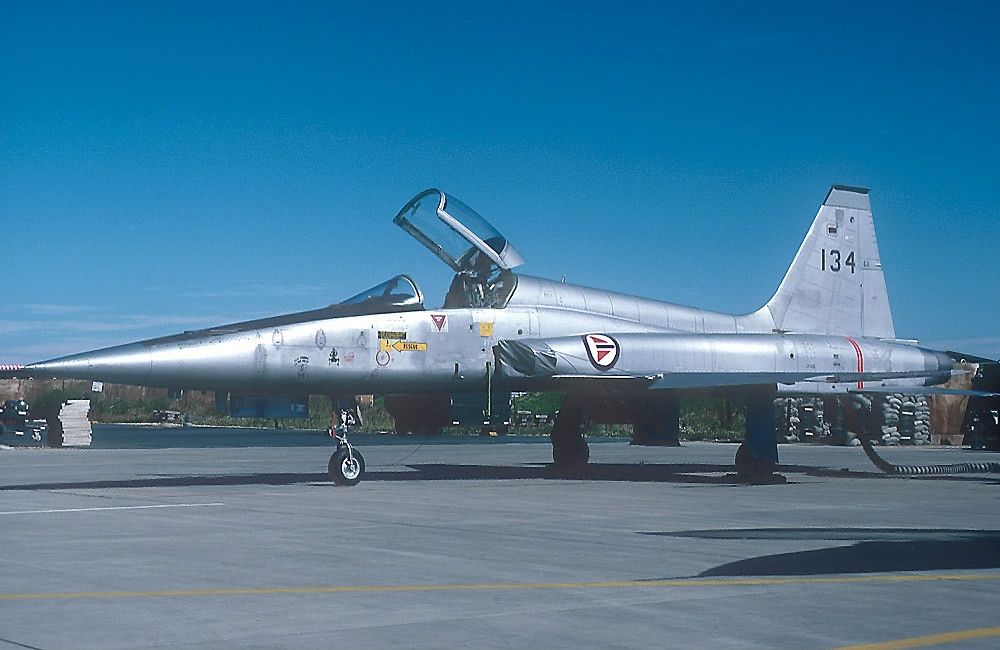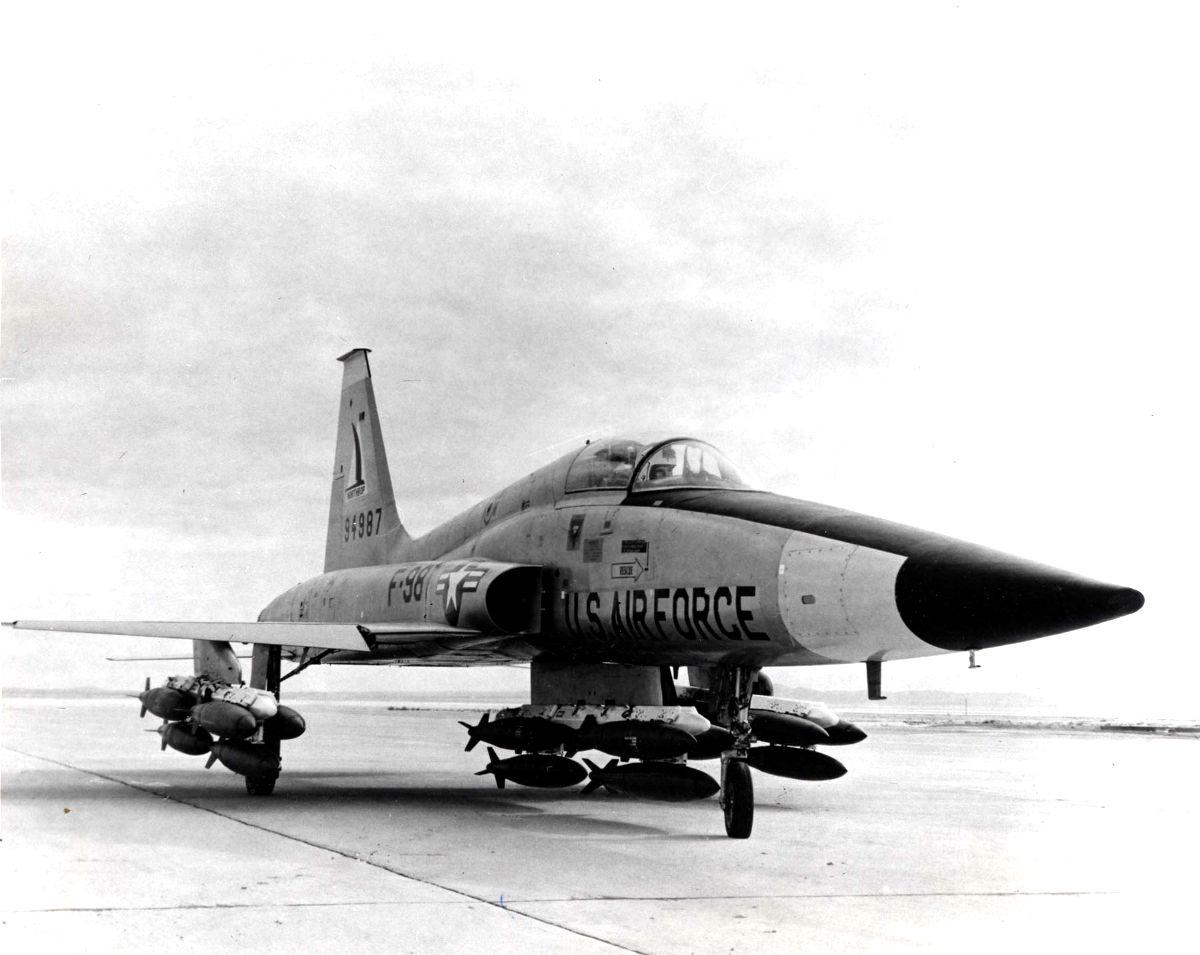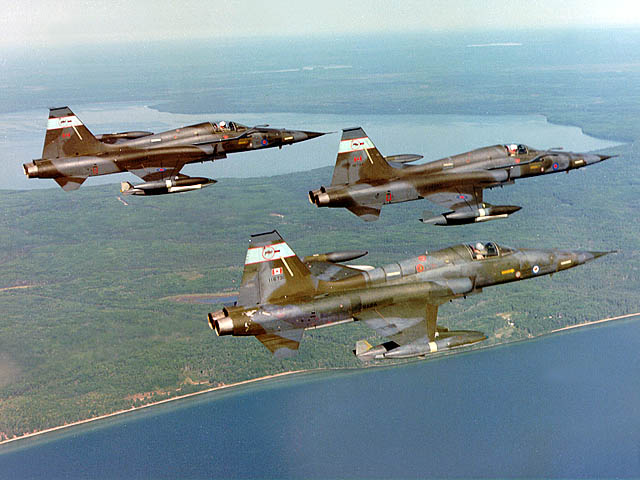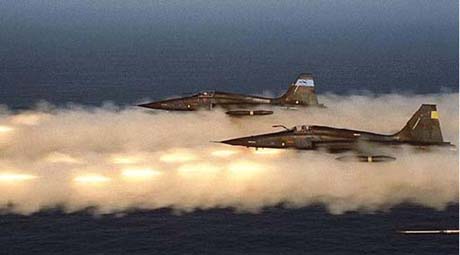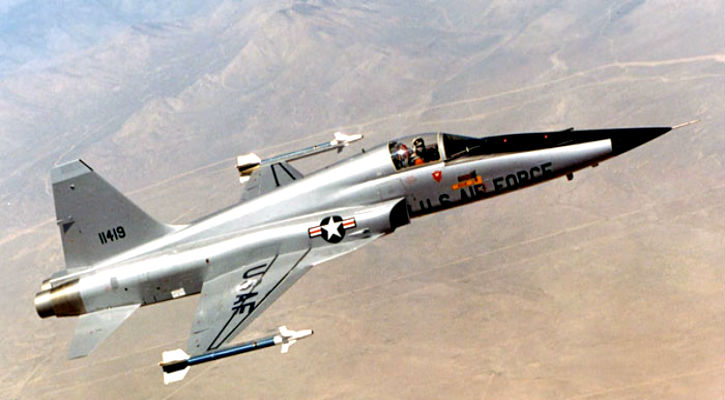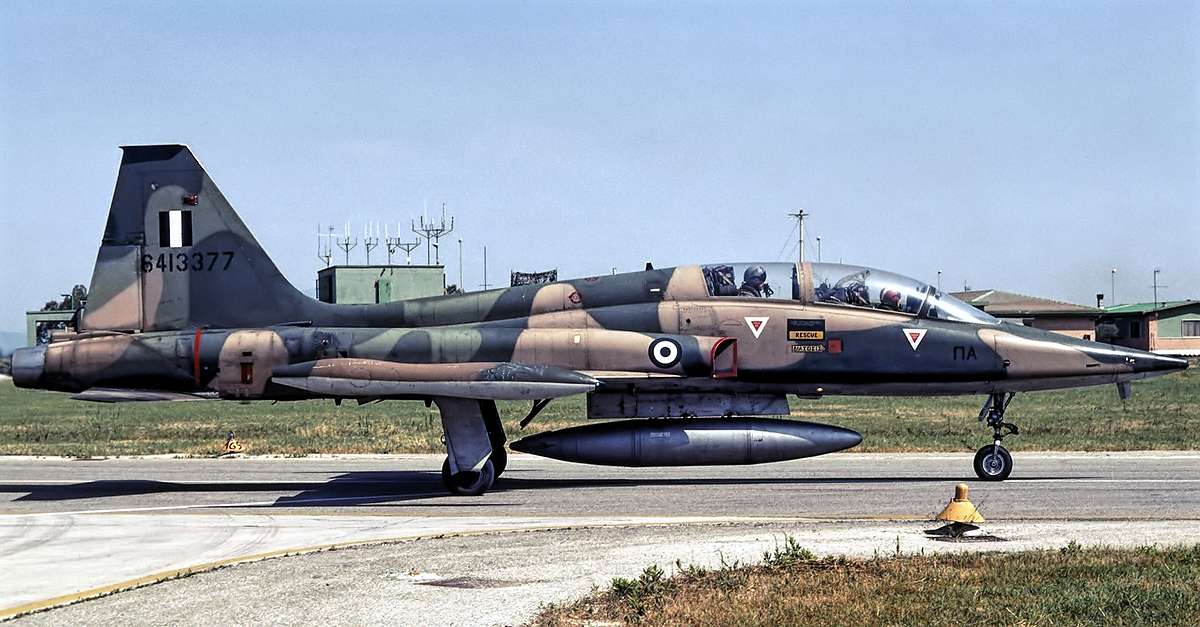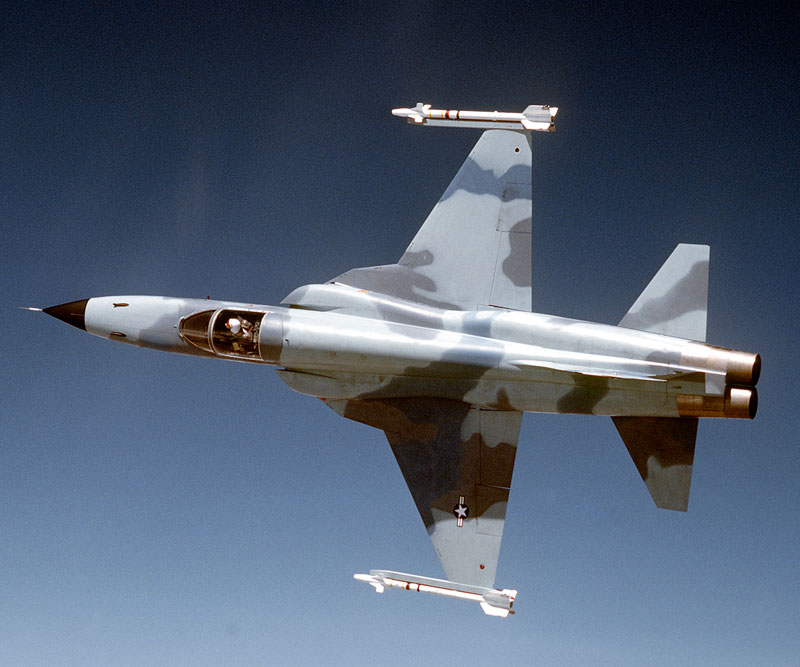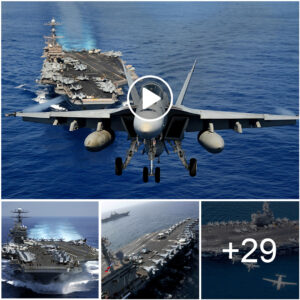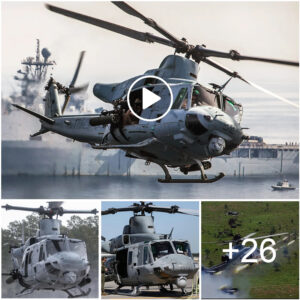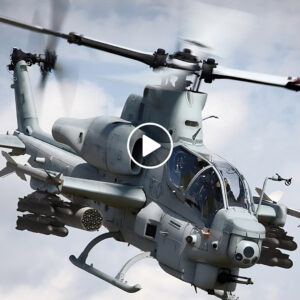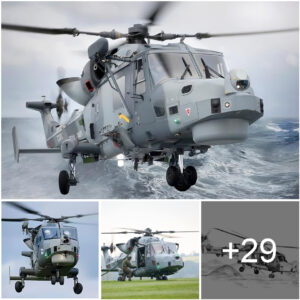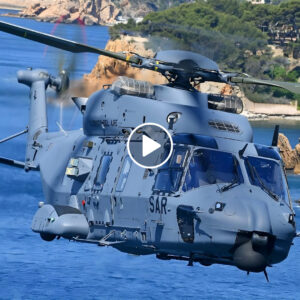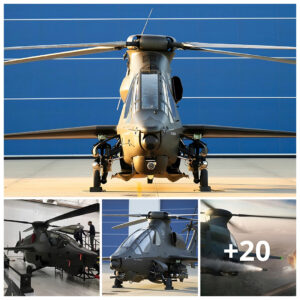The F-5 Freedom fighter aircraft represented a breakthrough in air combat technology. It rose to popularity in the 1960s. Its ultra-low radar cross section made the aircraft difficult to spot at long range. The Freedom Fighter was the closest thing the world had to a stealth fighter at the time. This tiny “pocket fighter” was also built from the ground up as nimble dog-fighter.
Most importantly, at least to outnumbered NATO nations facing the vast might of the Warsaw Pact, this fighter was incredibly cheap. It combined most of the hi-tech avionics and performance of more expensive aircraft like the F-4 Phantom with low-operating costs equivalent to the Russian Mig-21.
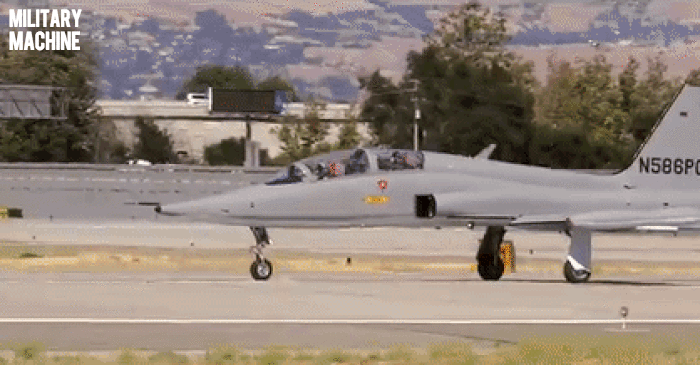
Quantity has its own Quality
During the height of the Cold War, the Royal Canadian Air Force (RCAF) faced a challenge to upgrade its aging fleet of 1950s-era fighter-bombers with a modern fighter that was still cost-effective. At the time, the Soviets were fielding lower-quality aircraft compared to, but doing so in vast numbers. While members like the United States could afford to invest incredible sums into national defense, the RCAF needed to meet its significant commitments to NATO’s defense strategy with an ever-shrinking budget.
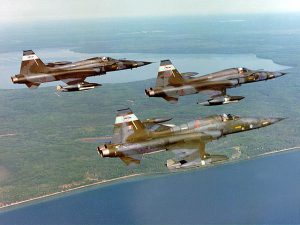
Heavy Production
Despite major controversy over purchasing an “inferior” foreign aircraft, the Canadian military chose the lightweight, American-designed Northrop F-5 “Freedom Fighter” to meet these goals. Soon, 240 fighters, renamed the CF-5 (or CF-116), were produced under license through Canadair.
Custom Design
The primary difference between the US and Canadian versions focused on mission adaptability and survivability. In particular, improving the CF-5’s ability to operate from short airfields and reducing takeoff distance by almost 20% (thanks to a “two-position” nose leg).
Upgrades
Canadaair also added more powerful engines, enhanced navigation suite, and an interchangeable nose assembly. The last allowed forward-deployed ground crews to quickly swap the onboard radar with specialized reconnaissance equipment if needed. Perhaps most useful though, the Canadians added an aerial refueling probe, which drastically increased the CF-5’s operational range.
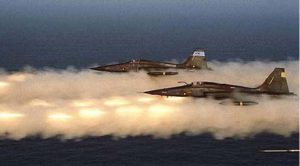
CF-5 Variants
The first improved Canadian Freedom Fighter entered service in 1969. Several dozen more were sold to the Netherlands, Greece, Turkey and Venezuela over the years. This initial redesign, dubbed the CF-5 A, was so successful that Canadair went on to produce several more variants. This included a single-seat CF-5A(R) that specialized in high-speed reconnaissance and the CF-5 D, a two-seat training model. While all Canadian CF-5s were retired in 1995, several are still registered for private sporting use in both Canada and the United States.
| Crew: one–two |
| Length: 47 ft 2 in (14.38 m) |
| Wingspan: 25 ft 10 in (7.87 m) |
| Height: 13 ft 2 in (4.01 m) |
| Wing Area: 186 ft² (17.28 m²) |
| Empty Weight: 8,681 lb (3,938 kg) |
| Max. Takeoff Weight: 20,390 lb (9,249 kg) |
| Powerplant: 2 × Orenda-built GE J85-15 turbojet |
| Dry Thrust: 2,925 lbf (13.0 kN) each |
| Thrust with Afterburner: 4,300 lbf (19.1 kN) each |
| Maximum Speed: 1,575 km/h (Mach 1.3) (978 mph) |
| Range: 760 nmi (875 mi, 1,400 km) |
| Service Ceiling: 41,000 ft (12,000 m) |
| Rate of Climb: 34,400 ft/min (10,500 m/min) |
| Guns: 2× 20 mm (0.787 in) Pontiac M39A2 cannons in the nose, 280 rounds/gun |
| Rockets: 2× CRV7 rocket pods |
| Or 2× LAU-10 rocket pods with 4× Zuni 127 mm rockets each |
| Or 2× Matra rocket pods with 18× SNEB 68 mm rockets each |
| Missiles: 2× AIM-9 Sidewinder Air-to-air missiles |
| Bombs: 7,000 lb (3,200 kg) of payload on five external hardpoints, including a variety of air-to-ground ordnance, such as the Mark 80 series of unguided iron bombs (including 3 kg and 14 kg practice bombs), U.S. CBU-24/49/52/58 and British BL755 cluster bomb munitions, M129 Leaflet bomb and drop tanks for extended range |
